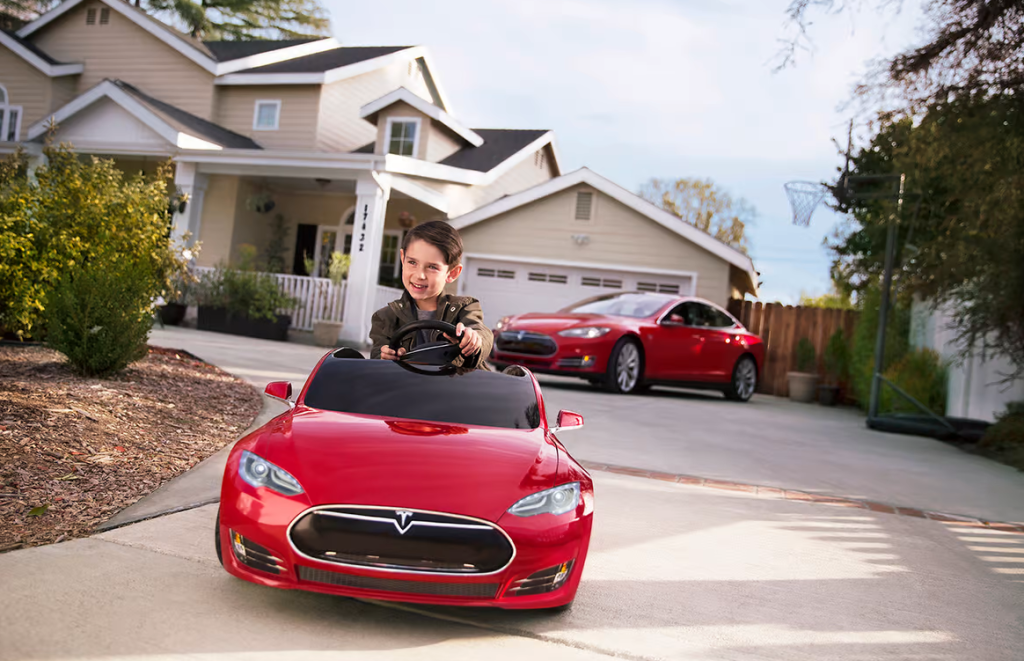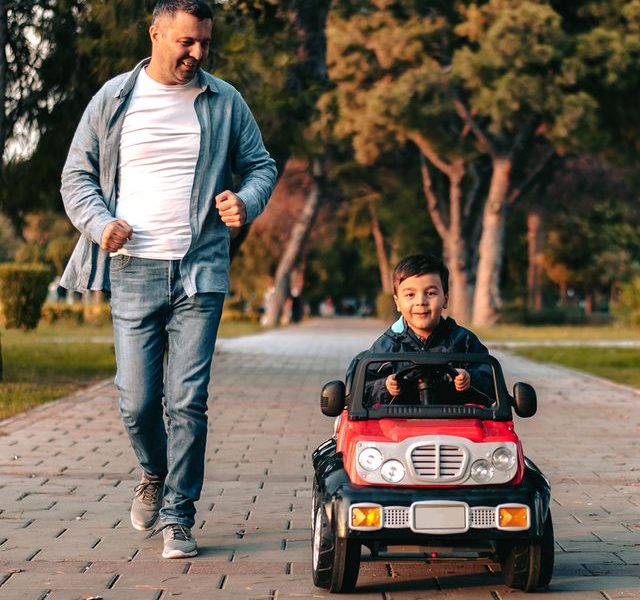Kids’ cars, those miniature replicas of real vehicles, hold a special place in the hearts of children and parents alike. In this comprehensive article, we will take a joyous ride into the fascinating world of kids’ cars, exploring their benefits, the diverse types available, safety considerations, and the role they play in a child’s development.
Introduction: The Allure of Kids’ Cars
Beyond Toys: Miniature Adventures:
Kids’ cars go beyond being mere toys; they are miniature vehicles that spark excitement and fuel imaginative play. From sleek sports cars to sturdy trucks, these tiny replicas offer children the chance to embark on endless adventures.
The Joy of Pretend Play:
Pretend play is a crucial aspect of childhood development, and kids’ cars provide a platform for children to engage in role-playing scenarios. Whether they’re racing as professional drivers or cruising as everyday commuters, these tiny vehicles become catalysts for creativity.
Types of Kids’ Cars: A Diverse Fleet

Ride-On Cars:
Ride-on cars, equipped with a small electric motor, allow children to take control and maneuver around the driveway or backyard. These cars come in various designs, from classic cars to modern SUVs, offering a thrilling driving experience for young adventurers.
Pedal Cars:
Pedal cars, reminiscent of a bygone era, operate through foot-powered pedals. These charming vehicles encourage physical activity, coordination, and provide a sense of autonomy as children navigate their surroundings.
Push Cars:
Designed for the youngest drivers, push cars are propelled by a parent or caregiver. These cars often feature a handle for easy pushing, making them ideal for toddlers who are developing balance and coordination.
Benefits of Kids’ Cars: More Than Just Fun
Motor Skills Development:
Driving a kids’ car involves a combination of steering, pedaling, and coordination. These activities contribute to the development of fine and gross motor skills, enhancing a child’s physical capabilities.
Spatial Awareness:
Navigating a miniature car around obstacles helps children develop spatial awareness. They learn to judge distances, make turns, and understand their physical position in relation to the environment.
Social Interaction:
Kids’ cars (https://leotoystore.com/collections/kids-car) often become a focal point for social interaction. Children engage in collaborative play, taking turns driving, creating imaginary road trips, and developing communication skills as they share their driving adventures with friends.
Safety Considerations: Riding with Caution
Age-Appropriate Choices:
Selecting a kids’ car that aligns with a child’s age and developmental stage is crucial. Ride-on cars with a parental remote control feature can be a safer option for younger children.
Supervision and Boundaries:
Even with the safest kids’ cars, supervision is key. Setting boundaries for play areas, especially near driveways or roads, ensures that children enjoy their mini driving adventures in a secure environment.
Protective Gear:
Encouraging the use of protective gear, such as helmets and knee pads, instills a sense of safety consciousness in young drivers. This practice carries over into their understanding of real-world safety when they eventually transition to bicycles or other vehicles.
Educational Kids’ Cars: Learning While Driving

Alphabet and Number Cars:
Educational kids’ cars often integrate learning elements. Alphabet and number cars, for instance, feature decals or built-in displays that introduce children to letters and numbers while they play.
Interactive Features:
Some kids’ cars come equipped with interactive features like buttons that produce sounds, lights, or even educational songs. These additions enhance the play experience while introducing educational elements.
STEM-Focused Cars:
In recent years, there has been a rise in STEM-focused (Science, Technology, Engineering, and Mathematics) kids’ cars. These vehicles may incorporate simple engineering principles, providing a hands-on introduction to STEM concepts.
Maintaining Kids’ Cars: Keeping the Fun Rolling
Battery Care:
For electric ride-on cars, proper battery care is essential. Following manufacturer guidelines for charging and storage ensures that the kids’ cars are always ready for the next adventure.
Regular Inspections:
Performing regular inspections of the vehicle, including wheels, pedals, and steering mechanisms, helps identify any wear or damage. Prompt maintenance keeps the kids’ cars in optimal condition.
Cleaning and Storage:
Cleaning kids’ cars, especially those used outdoors, is important to prevent dirt and debris buildup. Additionally, storing the vehicles in a covered area when not in use prolongs their lifespan.
Choosing the Right Kids’ Car: Finding the Perfect Fit
Consider the Child’s Age:
Different types of kids’ cars are suitable for different age groups. Assessing a child’s motor skills, coordination, and understanding of safety rules helps in selecting an appropriate vehicle.
Size and Weight Capacity:
Checking the size and weight capacity of the kids’ car ensures that it accommodates the child comfortably. This consideration is particularly important for ride-on cars with weight restrictions.
Features and Preferences:
Consider the features that appeal to the child’s interests. Whether it’s a specific design, interactive elements, or a particular color, choosing a kids’ car that aligns with their preferences enhances the play experience.
Driving into a World of Imagination
In conclusion, kids’ cars are not just miniature vehicles; they are gateways to a world of imagination, play, and developmental milestones. Whether a child is cruising in a ride-on car, pedaling a classic pedal car, or being pushed in a charming push car, each experience contributes to their growth and learning. Parents and caregivers play a crucial role in fostering a safe and enjoyable play environment, where kids’ cars become tools for exploration and creativity. As children buckle up and drive into the world of make-believe, they are not just having fun—they are developing skills that will pave the way for a lifetime of learning and adventure. The journey on the miniature road is not just a ride; it’s a delightful expedition into the boundless realms of childhood.



